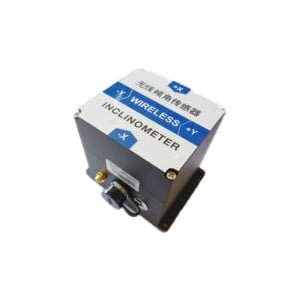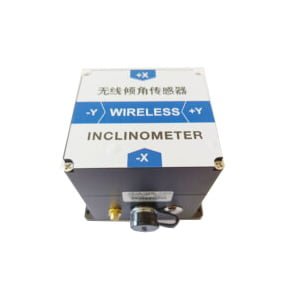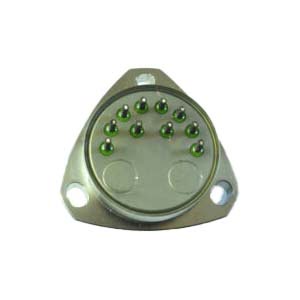Inclinometer is a tool often used in engineering survey. It is used to measure the top Angle and azimuth Angle of engineering structures such as borehole, foundation pit, foundation, wall and dam slope, so that the project can be carried out smoothly and accurately.
Definition
The so-called trajectory of the hole refers to the axis of the hole. The borehole axis of a solid drilling is a spatial curve. In order to carry out trajectory control, it is necessary to understand the shape of this space curve, and it is necessary to carry out trajectory measurement, which is "inclination measurement". The instrument used is called a "clinometer".
A point is measured at intervals of a certain length, these intervals are called "test intervals", and these points are called test points. There are three parameters measured by the inclinometer at each point, namely, well depth, well inclination Angle and well inclination azimuth Angle. These three parameters are the basic parameters of the trajectory.
principle
The inclinometer pipe is usually installed in a vertical borehole through the unstable soil layer to the stable formation below. Use the digital vertical motion clinometer probe, control cable, pulley device and reading meter to observe the deformation of the clinometer tube. The first observation can establish the initial section of the inclinometer tube displacement. Subsequent observations show changes in section displacement as the ground moves. During observation, the probe moves from the bottom of the inclinometer tube to the top, pauses at a distance of half a meter and measures the inclinometer. The tilt of the probe is measured by two balanced servo accelerometers. An accelerometer measures the longitudinal position of the groove of the inclinometer tube, that is, the inclination of the plane on which the inclinometer probe is located. The other accelerometer measures the inclination perpendicular to the plane of the wheel. The inclination can be converted into lateral displacement. Comparing the current and initial observational data, it is possible to determine the amount of lateral migration change and show the movement displacement occurring in the formation. Plotting the change in the offset gives a high resolution displacement profile. This profile helps determine the magnitude, depth, direction, and rate of ground motion displacement.
Inclinometer features
1. Excellent performance: The portable digital vertical mobile inclinometer has won worldwide praise for its durability, high precision and fast response. ER-TS-12200-Modbus High Precision Wireless Transmission Tilt Sensor,The product has compact structure, precise design, re compensation for temperature and linearity, and integrated comprehensive protection functions such as short circuit, instantaneous high voltage, polarity, surge, etc. it is simple and convenient to use.
2. Repeatable detection: To ensure the same detection on a variety of inclinometer tubes, the inclinometer probe is equipped with a strong wheel frame, sealed axle and specially designed wheel.
3. Long service life: The compact structure of the probe allows the passage of a small radius curve, and the installation life exceeds that of all other manufacturers' inclinometer.
FOG Continuous Gyro Tool:
When the borehole has an inclination offset of X ′ in the X-axis direction and a Y ′ inclination offset in the Y-axis direction, the diagonal length R of the parallelogram is the horizontal projection offset of the vertex angle of the point R = X ′ 2 + Y′2.
Before putting the instrument into the hole, make a mark on the hole as the starting point of the azimuth. Align the starting mark outside the probe with the hole mark. Assuming that the probe does not rotate in the hole and only tilts, α is the azimuth of the hole. However, in practice, the probe will inevitably rotate arbitrarily after it is placed in the hole. At this time, the rotation angle ω is measured by the gyroscope, and the α of the R side relative to the north direction is calculated by the X and Y sensors, and the azimuth angle Z = α-ω, to obtain the actual azimuth angle Z.
More Technical Questions
1.Do you Know the Working Principle of Inclinometer ?
2.What is an Inclinometer While Drilling?
3.How to install the tilt sensor?
4.What are Tilt Switches and Tilt Sensors?
6.How to Use the Tilt Sensor and How to Install It?
Products in Article







